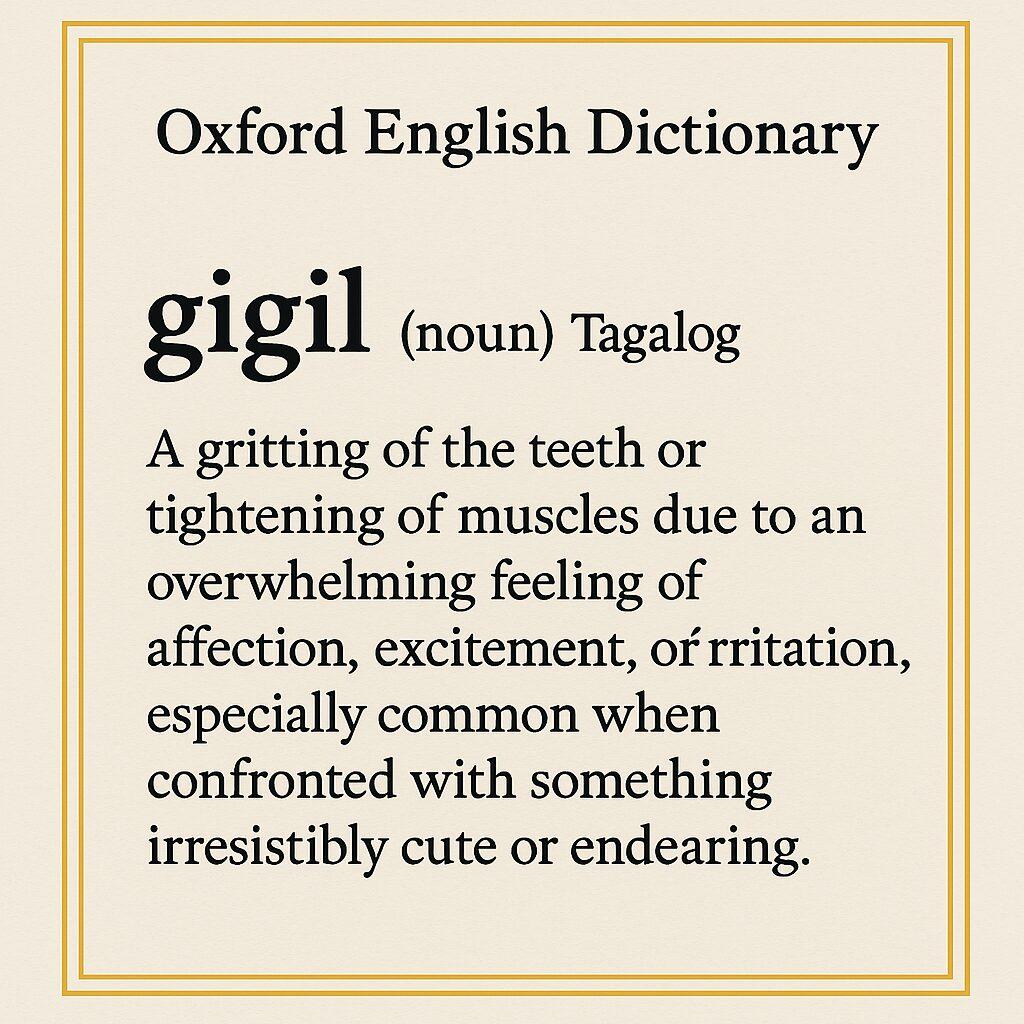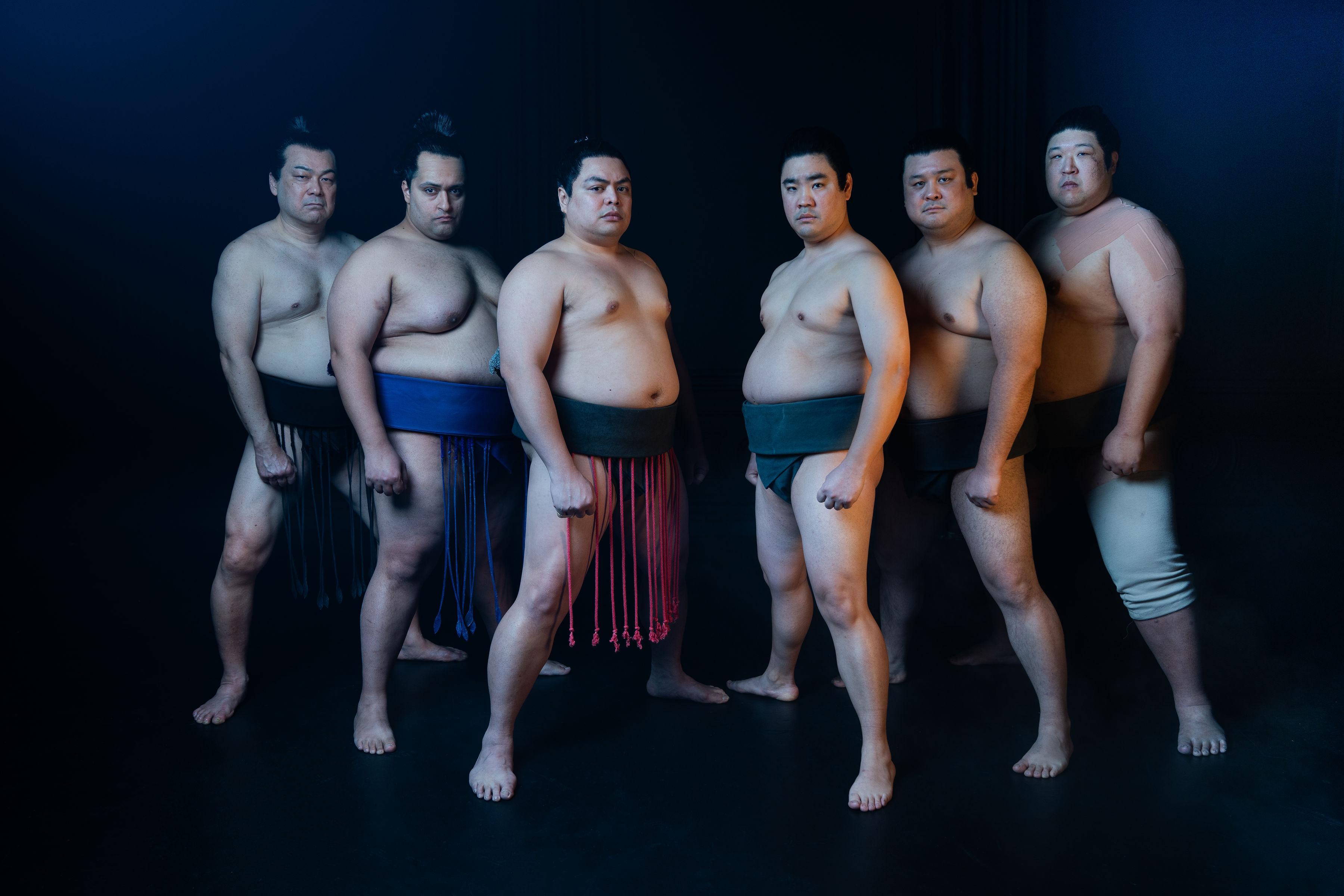Those of the Christian faith will mark the end of the 40-day Lenten season with Easter, the resurrection of Jesus Christ. While the day is widely symbolized by the Easter bunny, dyed eggs, and chocolate, there is more to the holiday and the traditions associated with it.
As the holiday approaches this week, here are some fascinating facts that you can share around the dinner table:
• The date of Easter varies each year. It usually falls between March 22nd and April 25th. It is supposed to fall on the first Sunday after the full moon following March 21st.
• Good Friday is an official holiday in 12 U.S. states.
• The idea of the Easter Bunny with baskets of eggs started in Europe as the Easter Hare. The hare was originally a symbol of Easter for the Germans who came to America in the 18th century.
• Pretzels were once associated with the holiday because the twists of the pretzel were thought to resemble arms crossing in prayer.
• Easter is the second top-selling confectionery holiday after Halloween. Ninety percent of Americans plan to share treats during the holiday, the National Confectioners Association found in its recent survey.
• Peeps (marshmallow candies in the form of chicks and bunnies) are considered the top-selling non-chocolate Easter candy. Americans buy over 700 million of them.
• Decorating Easter eggs — traditionally called pysanka — represents the empty tomb. Christians believe that Easter eggs symbolize new life and resurrection.
• According to the Guinness Book of World Records the largest chocolate Easter egg ever made debuted in 2011. It was just over 34-ft high and weighed nearly 16,000 pounds. The largest chocolate bunny ever made weighed in at 6,635 pounds and was 12 feet tall; it took a team of four people in South Africa three days to sculpt it.
• The largest Easter egg hunt, was held in 2007 at Cypress Gardens Adventure Park in Winter Haven, Florida. It contained 501,000 eggs that were searched for by 9,753 children and their parents.
• The White House hosts an annual Easter Egg Roll on the front lawn. This tradition was started by President Rutherford B. Hayes in 1878.






